The U.S. is ramping up plans for a major increase in offshore wind production, but the country needs to design turbines that can withstand the challenges of tropical storms. In the Journal of Renewable and Sustainable Energy, researchers examine tropical storm observation technology and review physics-based modeling and data-driven models that use AI and machine learning. Advanced modeling techniques are rapidly developing, such as deep neural networks that downscale existing regional data to point-scale data using super-resolution techniques. Another key advancement is using machine learning methods for dynamic warm potential predictions, which can better predict the intensity of a storm.
Tag: Journal of Renewable and Sustainable Energy
Casting Shadows on Solar Cells Connected in Series
Even small objects, such as dust and leaves, can block sunlight from reaching solar cells, and understanding how the loss of incoming radiation affects power output is essential for optimizing photovoltaic technology. In the Journal of Renewable and Sustainable Energy, researchers explore how different shade conditions impact performance of single solar cells and two-cell systems connected in series and parallel. They found that the decrease in output current of a single cell or two cells connected in parallel was nearly identical to the ratio of shade to sunlight. However, for two cells running in series, there was excess power loss.
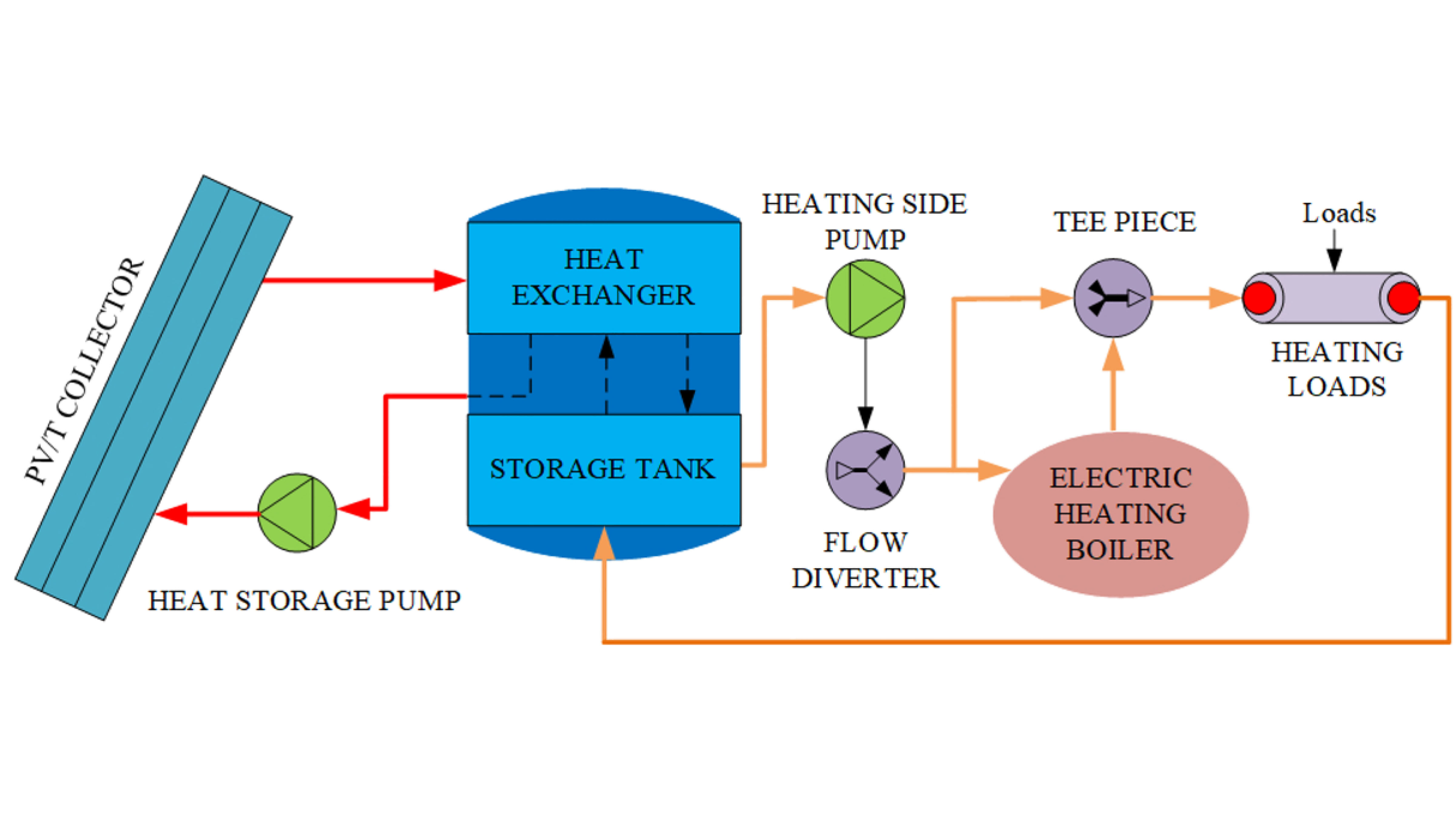
Solar-Biomass Hybrid System Satisfies Home Heating Requirements in Winter
In Journal of Renewable and Sustainable Energy, researchers in China and the United States outline a computer simulation model addressing the challenge of solar power’s inherent intermittency by adding biomass as another renewable energy source to advance a reliable, affordable heating solution while reducing carbon dioxide emissions. The proposed solar-biomass hybrid system is based on distributed multi-generation technology that integrates photovoltaic-thermal and biomass power sources.
100% Renewable Energy Using Building Science
In the Journal of Renewable and Sustainable Energy, researchers from the U.S. Department of Energy National Renewable Energy Laboratory describe results from a techno-economic analysis aimed at identifying pathways to 100% renewable power systems. By analyzing readily available supply and demand strategies within specific U.S. regions, the team found a combination of resource diversification, excess generation, building efficiency, and demand flexibility improvements could reduce or even eliminate the need for long-duration energy storage in some regions.
Turning Plastic Grocery Bags into Sustainable Fuel
In Journal of Renewable and Sustainable Energy, by AIP Publishing, researchers from Caltech report using catalytic pyrolysis to turn plastic wastes into a valuable fuel source. They focused on recycling plastic and upgrading plastic into other products or converting it to a vapor with heat, which met a catalyst and turned into the desired fuel-like product.
Turning Hazelnut Shells into Potential Renewable Energy Source
In Journal for Renewable and Sustainable Energy, researchers share their work on the physicochemical properties and antioxidant activity of wood vinegar and tar fraction in bio-oil produced from hazelnut shells pyrolysis at 400 degrees Celsius to 1,000 C. The researchers found the wood vinegar and tar left over after burning the shells contained the most phenolic substances, which laid a foundation for the subsequent research on antioxidant properties.
How Do Wind Turbines Respond to Winds, Ground Motion During Earthquakes?
Wind power has experienced fast growth within China during the past decade, but many wind farms are being built within regions of high seismic activity. In Journal of Renewable and Sustainable Energy, researchers present their work exploring the dynamic behaviors of wind turbines subjected to combined wind-earthquake loading. The group discovered that changes in the wind increase and decrease the response amplitude of the wind turbine under weak and strong earthquakes, respectively.
Sensor Data Identifies Turbine Wake Clustering, Improves Wind Farm Productivity Via Yaw Control
In the Journal of Renewable and Sustainable Energy, researchers describe a real-time method for potentially helping turbine farms realize additional power from the clustering of their turbines. Their method requires no new sensors to identify which turbines at any given time could increase power production if yaw control is applied, and validation studies showed an increase of 1%-3% in overall power gain.
Pretreating Nuisance Green Algae with Lye, Urea Increases Bacterial Production of Biogas
An international research team reports their success in using urea and sodium hydroxide (NaOH, commonly known as lye or caustic soda) as a pretreatment of algae, which breaks down cellulose and more than doubles biogas production under their initial experimental conditions.
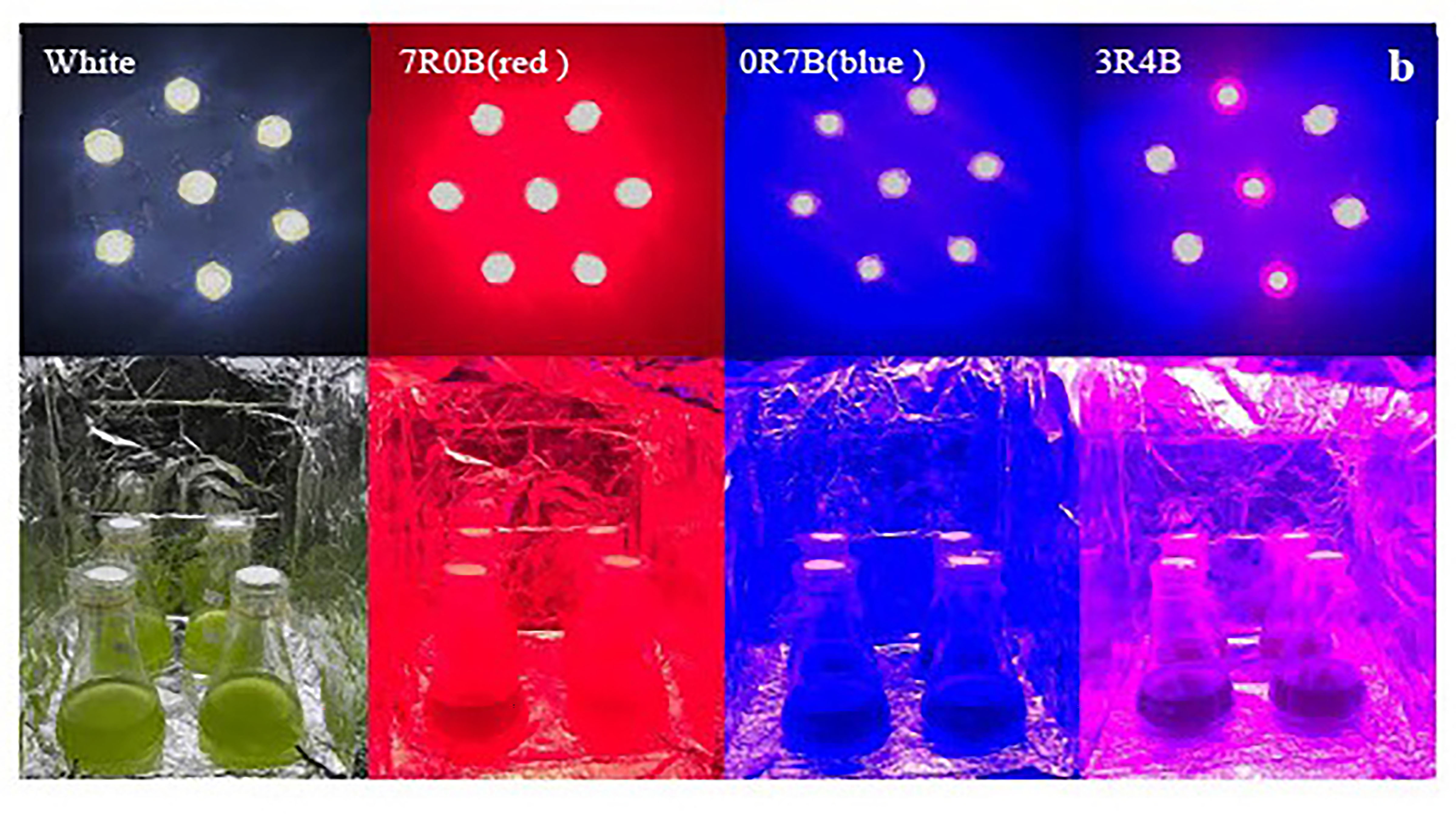
Shining, Colored LED Lighting on Microalgae for Next-Generation Biofuel
As biofuels continue to present challenges, microalgae are gaining momentum as a biofuel energy crop. In the Journal of Renewable and Sustainable Energy, researchers show how a combination of monochromatic red and blue LED illumination on one type of microalga can enhance its growth and increase the biosynthesis of critical components, such as lipids, for microalgae feedstock development. The researchers focused on Dunaliella salina, typically extracted from sea salt fields and found in salt lakes.

Low-Level Jets Create Winds of Change for Turbines
Global wind power capacity has increased more than fivefold over the past decade, leading to larger turbines, but low-level jets are one cause for concern. The effects of these strong, energetic wind flows depend on how high the wind flows are in relation to the turbines. In the Journal of Renewable and Sustainable Energy, researchers considered three different scenarios in which the LLJs were above, below, and in the middle of the turbine rotors.
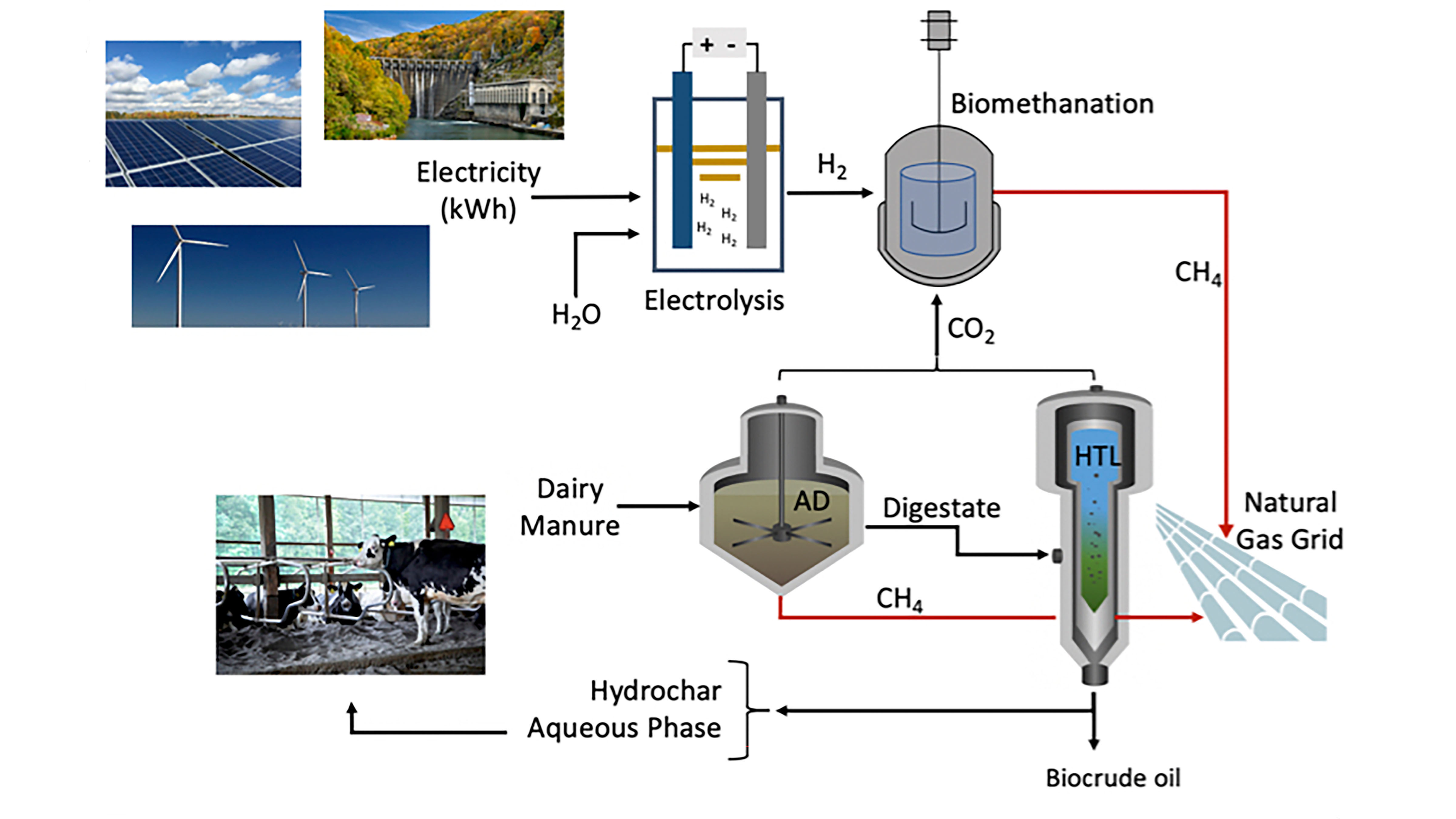
Cornell University to Extract Energy from Manure to Meet Peak Heating Demands
Cornell University is developing a system to extract energy from cattle manure to meet the campus’s peak demands for heat in the winter months. In the Journal of Renewable and Sustainable Energy, scientists involved with the project give a detailed analysis of the issues required to make this work, including scientific, economic, and energy policy considerations.
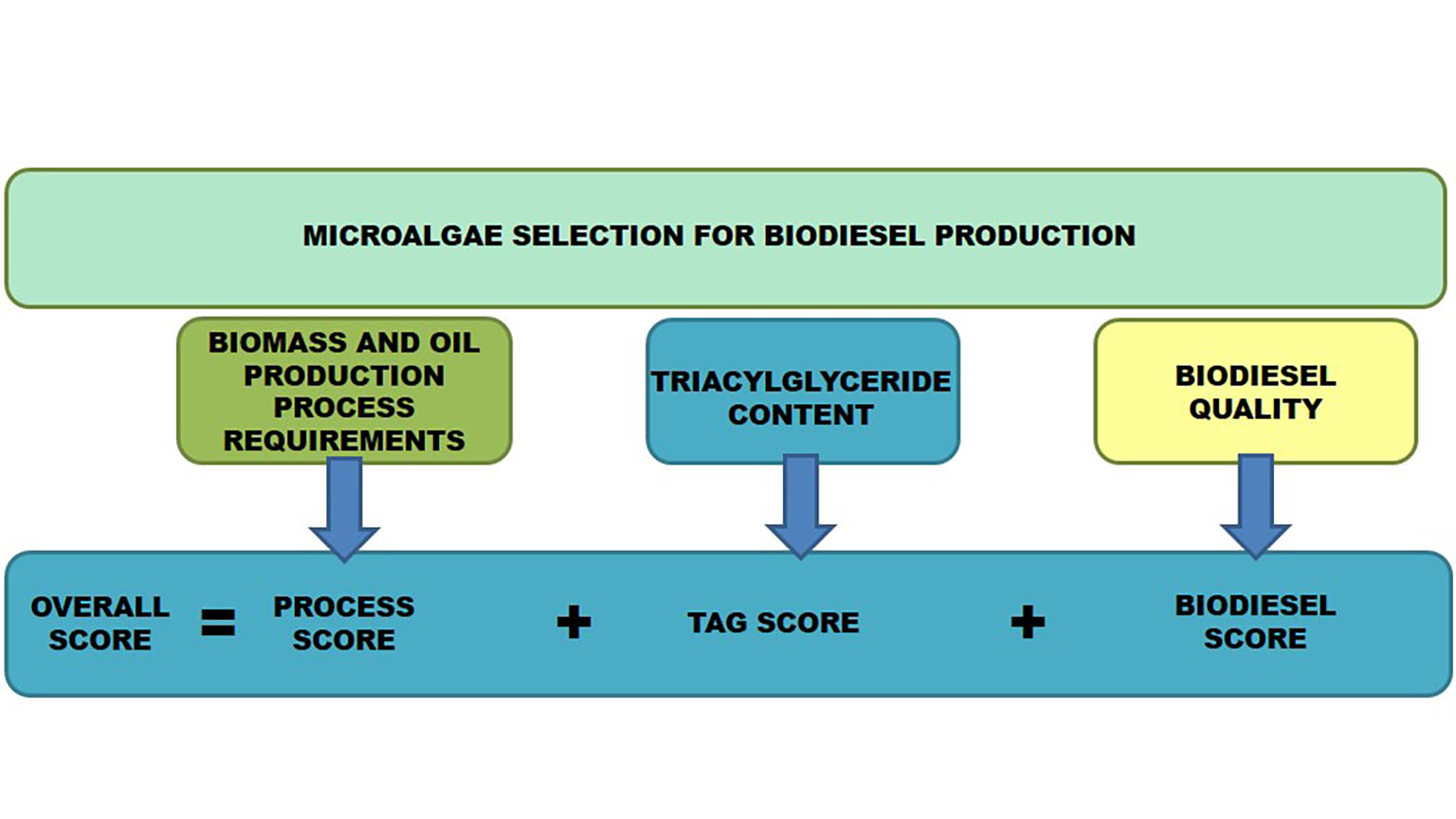
Selecting Best Microalgae for Biodiesel Production
Microalgae are a promising source of energy to replace fossil fuels, as they have several advantages over conventional crops used for commercial biodiesel. Microalgae have a shorter lifecycle and they can be developed in environments unfit for agriculture. In the Journal of Renewable and Sustainable Energy, researchers developed a methodology to analyze different species to select the best microalgae for use as an energy source by taking into account biological, economic, and environmental aspects.
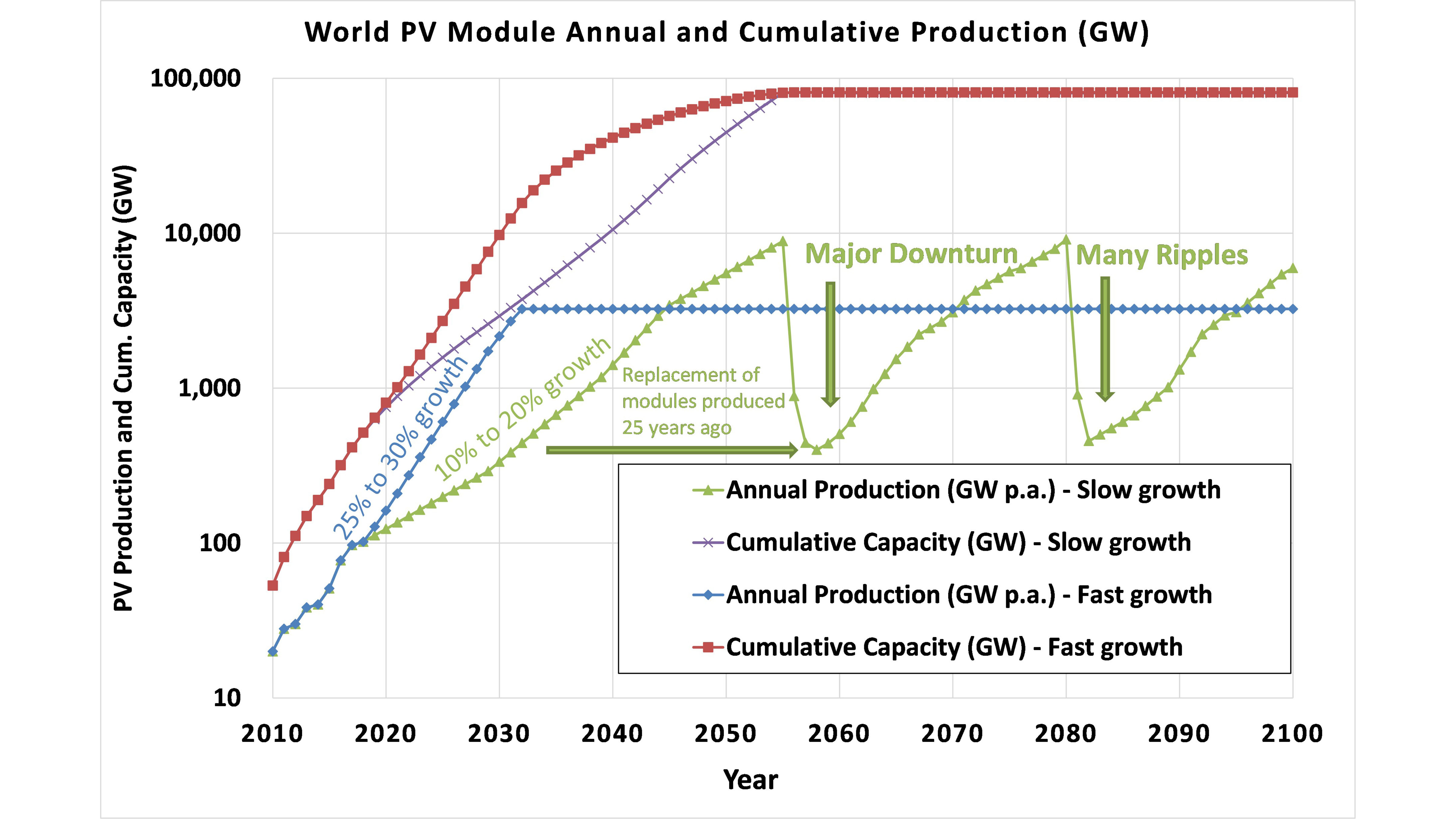
Photovoltaics Industry Can Help Meet Paris Agreement Targets
To meet the Paris Agreement’s goal of preventing Earth’s average temperature from rising more than 2 degrees Celsius above preindustrial level, one of the best options for the energy economy will involve a shift to 100% renewable energy using solar energy and other clean energy sources. In the Journal of Renewable and Sustainable Energy, researchers describe a model developed to predict what is necessary for the solar industry to meet Paris Agreement targets.

Climate Change Impact on Green Energy Production
As the climate of the planet is changing, many researchers are looking to more renewable energy sources. In the Journal of Sustainable and Renewable Energy, researchers investigate whether the power generated by solar and wind farms would differ between current and future climates. The researchers focused on sites in Australia where variable renewable generators are located or are likely to be located in the future based on the Australian Energy Market Operator’s system plan.
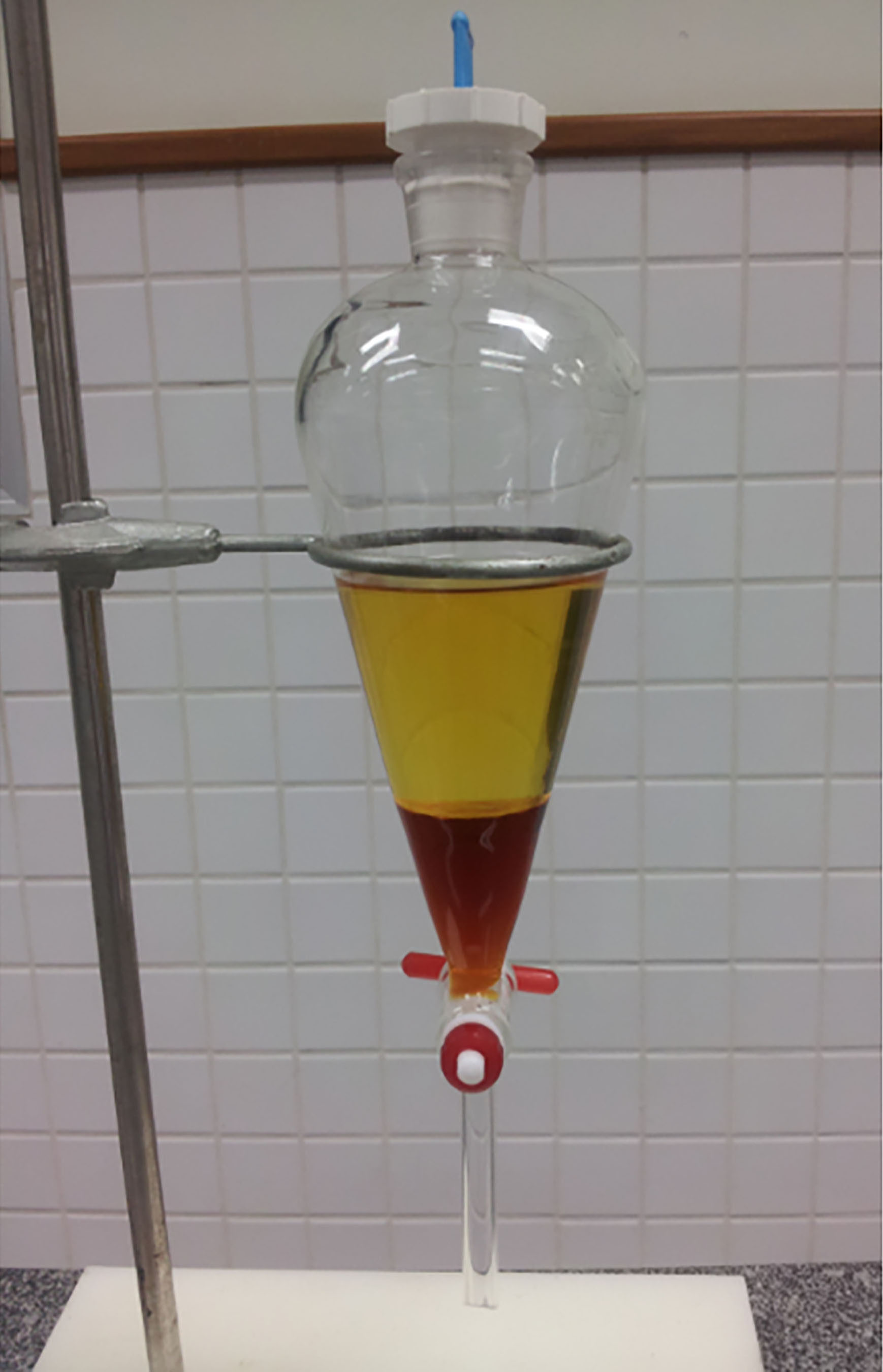
Lithium Ion Battery Waste Used in Biodiesel Production from Discarded Vegetable Oil
Brazilian researchers demonstrated a new chemical approach for producing biodiesel from domestic cooking oil waste by using hydroxide lithium mixed with either sodium hydroxides or potassium hydroxides as catalysts. Their work, published in the Journal of Renewable and Sustainable Energy, could enable future studies related to the use of lithium from waste lithium ion batteries. The work marks one of the first times lithium has been used for such purposes.

Solar Power Plants Get Help from Satellites to Predict Cloud Cover
Cloud cover is often characterized in simple terms, such as cloudy, partly cloudy or clear. This does not provide accurate information for estimating the amount of sunlight available for solar power plants. In this week’s Journal of Renewable and Sustainable Energy, a new method is reported for estimating cloud optical properties using data from recently launched satellites. This new technique is known as Spectral Cloud Optical Property Estimation, or SCOPE.
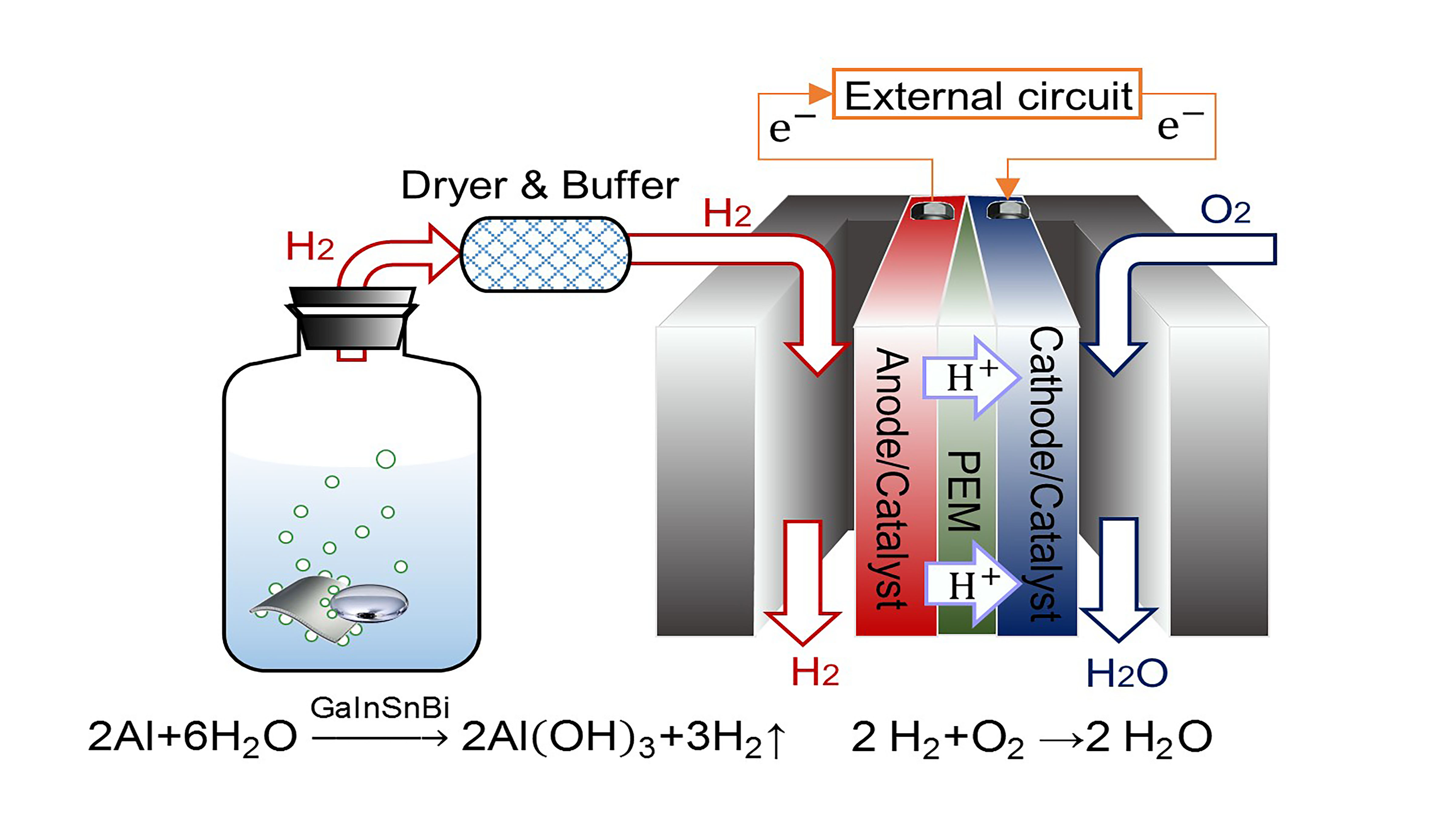
Instant Hydrogen Production for Powering Fuel Cells
Due to its affordability and environmental friendliness, hydrogen is a feasible alternative to fossil fuels for energy applications. However, due to its low density, hydrogen is difficult to transport efficiently, and many on-board hydrogen generation methods are
slow and energy intensive.
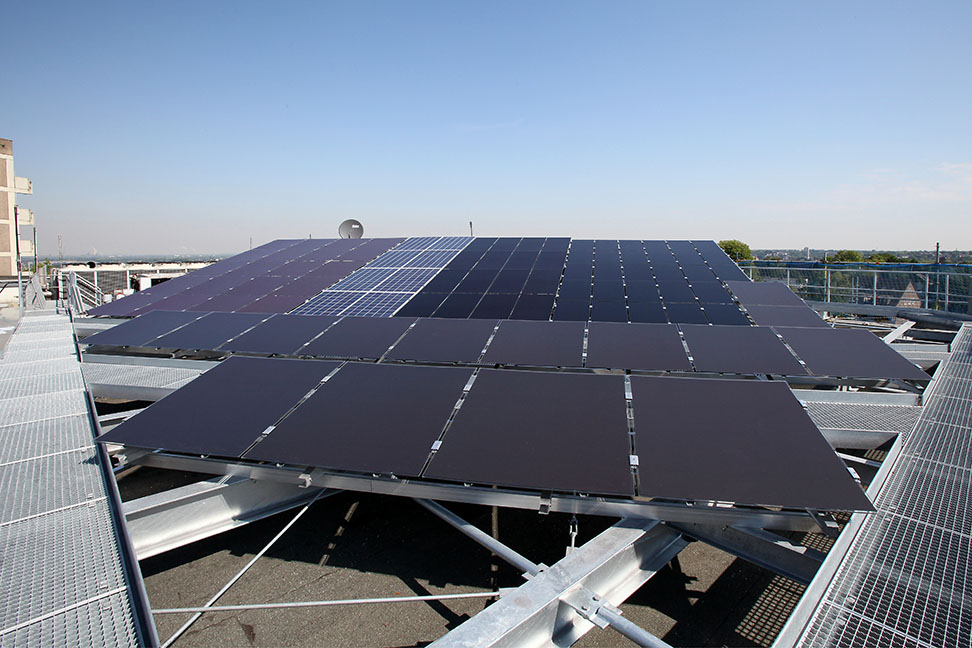
Tests Measure Solar Panel Performance Beyond Established Standards
In testing solar panels, the sun’s intensity, the spectral composition and the angle of light are important factors in understanding why certain panels are successful and others degrade more quickly. To address the knowledge gap in degradation mechanisms for various photovoltaic types, researchers performed tests over five years in which they collected weather data and panel performance information. The results are published in the Journal of Renewable and Sustainable Energy.

Supporting Structures of Wind Turbines Contribute to Wind Farm Blockage Effect
Much about the aerodynamic effects of larger wind farms remains poorly understood. New work in this week’s Journal of Renewable and Sustainably Energy looks to provide more insight in how the structures necessary for wind farms affect air flow. Using a two-scale coupled momentum balance method, researchers theoretically and computationally reconstructed conditions that large wind farms might face in the future, including the dampening effect that comes with spacing turbines close to one another.